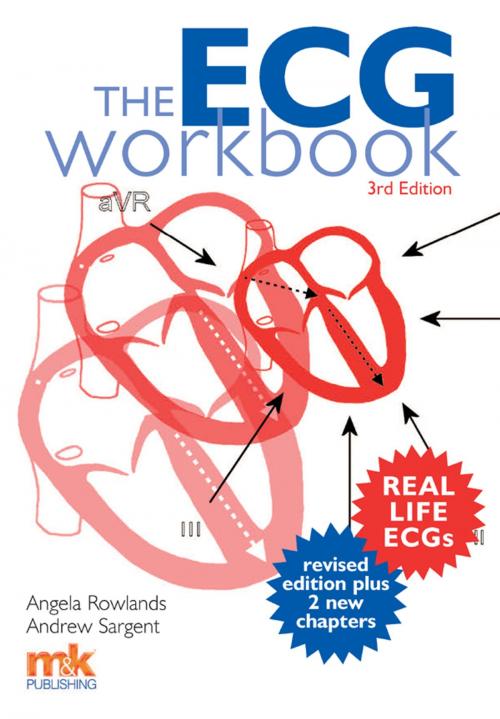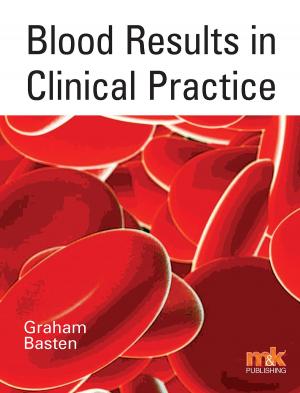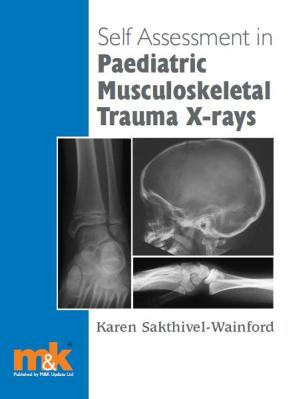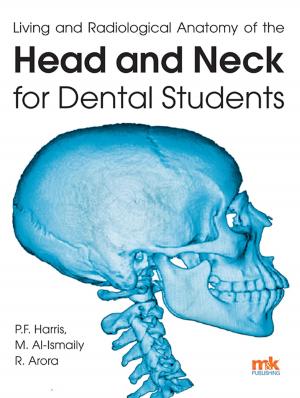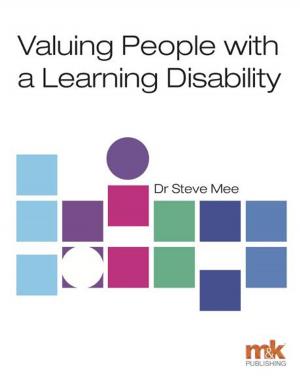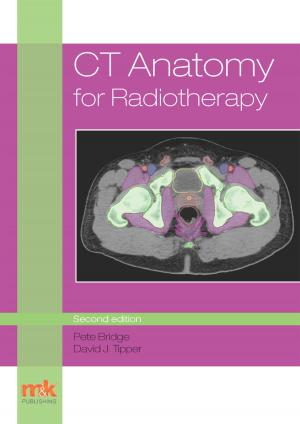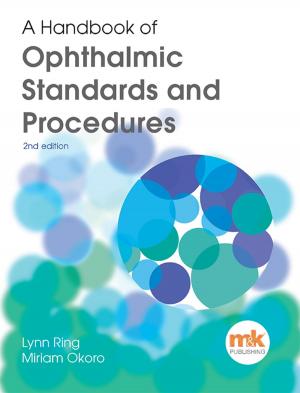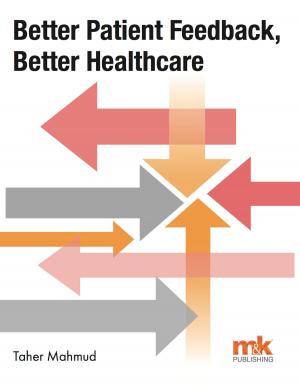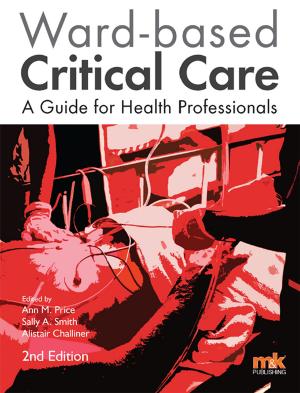The ECG Workbook
Nonfiction, Health & Well Being, Medical, Specialties, Internal Medicine, Cardiology, Fiction & Literature| Author: | Angela Rowlands, Andrew Sargent | ISBN: | 9781907830860 |
| Publisher: | M&K Update Ltd | Publication: | October 1, 2014 |
| Imprint: | M&K Publishing | Language: | English |
| Author: | Angela Rowlands, Andrew Sargent |
| ISBN: | 9781907830860 |
| Publisher: | M&K Update Ltd |
| Publication: | October 1, 2014 |
| Imprint: | M&K Publishing |
| Language: | English |
Many books on ECG interpretation use simulated ECG tracings. Most of the traces that you find in this book are from real people and of the quality that you will be expected to interpret from in practice. There are two new chapters in this third edition that add greatly to the usefulness of the book. There is now a chapter on Hemiblocks, Bi Fascicular and Tri Fascicular Blocks. Here the reader will see how what seems a complex diagnosis from an ECG is easily mastered by simply putting together two concepts learned in earlier chapters. The other new chapter is on Paced Rhythms to help those looking after patients who have pacemakers fitted as it is recognised that pacemakers may cause confusion when trying to interpret the ECG.Both these new chapters adhere to the principles followed set out the first edition: that the text should be accessible and relevant to all practitioners, regardless of their experience and that the text should always be supported with relevant exercises to reinforce learning.Contents include:Recording a readable electrocardiogram (ECG)The electrical conducting system of the heartA systematic approach to rhythm strip analysisHeart blocksCommon ArrhythmiasEctopics and ExtrasystolesThe 12 lead ECGAxis deviationIschaemia, injury and necrosisSites of infarctionBundle branch blocksChamber enlargementHemiblocks, bifascicular blocks and trifascicular blocksPaced rhythmsA systematic approach to ECG interpretation
Many books on ECG interpretation use simulated ECG tracings. Most of the traces that you find in this book are from real people and of the quality that you will be expected to interpret from in practice. There are two new chapters in this third edition that add greatly to the usefulness of the book. There is now a chapter on Hemiblocks, Bi Fascicular and Tri Fascicular Blocks. Here the reader will see how what seems a complex diagnosis from an ECG is easily mastered by simply putting together two concepts learned in earlier chapters. The other new chapter is on Paced Rhythms to help those looking after patients who have pacemakers fitted as it is recognised that pacemakers may cause confusion when trying to interpret the ECG.Both these new chapters adhere to the principles followed set out the first edition: that the text should be accessible and relevant to all practitioners, regardless of their experience and that the text should always be supported with relevant exercises to reinforce learning.Contents include:Recording a readable electrocardiogram (ECG)The electrical conducting system of the heartA systematic approach to rhythm strip analysisHeart blocksCommon ArrhythmiasEctopics and ExtrasystolesThe 12 lead ECGAxis deviationIschaemia, injury and necrosisSites of infarctionBundle branch blocksChamber enlargementHemiblocks, bifascicular blocks and trifascicular blocksPaced rhythmsA systematic approach to ECG interpretation
